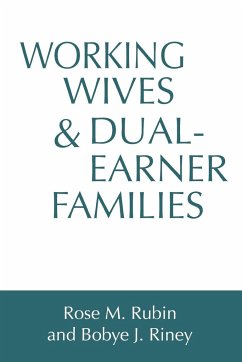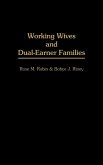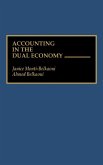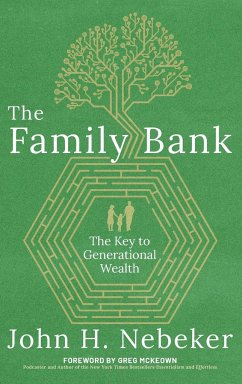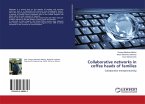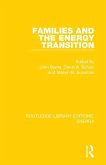This book analyzes the effects of wives' employment on the economic status of families, using both descriptive and empirical research. The historical and socio-economic causes of change in the employment status of wives and husbands are detailed. The empirical studies respond to some basic questions about dual-earner families: How does having an employed wife influence family lifestyles? What effects do dual-earners have on the finances of their households and on the distribution of income? What policy changes are needed to recognize the economic importance of dual-earner families? In Working Wives and Dual-Earner Families, one-earner and dual-earner families are differentiated, with particular attention to the impact of wives' employment status (full-time or part-time) on household decision making. Among the most interesting research findings are: total family income or tax bracket and the cost of child care are among the critical determinants of dual-earner employment; married-couple families at the same level of income have very similar expenditure patterns regardless of whether the wife is employed; full-time working wives make the distribution of income less equal, but part-time working wives generate greater equality in the distribution of income; families with full-time working wives have higher income, but they do not save more or have greater financial assets than other families; families with part-time employed wives are similar to those with non-employed wives and differ from families with full-time employed wives. The authors conclude that the real incomes of dual-earner families will continue to grow, as one-earner real income remains the same or declines. Household planning and decision making will increasingly be predicated upon having two earners, which will be perceived as the norm. Dual-earner families, based on amenities, mobility, growing families, and demands for public goods, will drive private markets and public policy.
Hinweis: Dieser Artikel kann nur an eine deutsche Lieferadresse ausgeliefert werden.
Hinweis: Dieser Artikel kann nur an eine deutsche Lieferadresse ausgeliefert werden.

